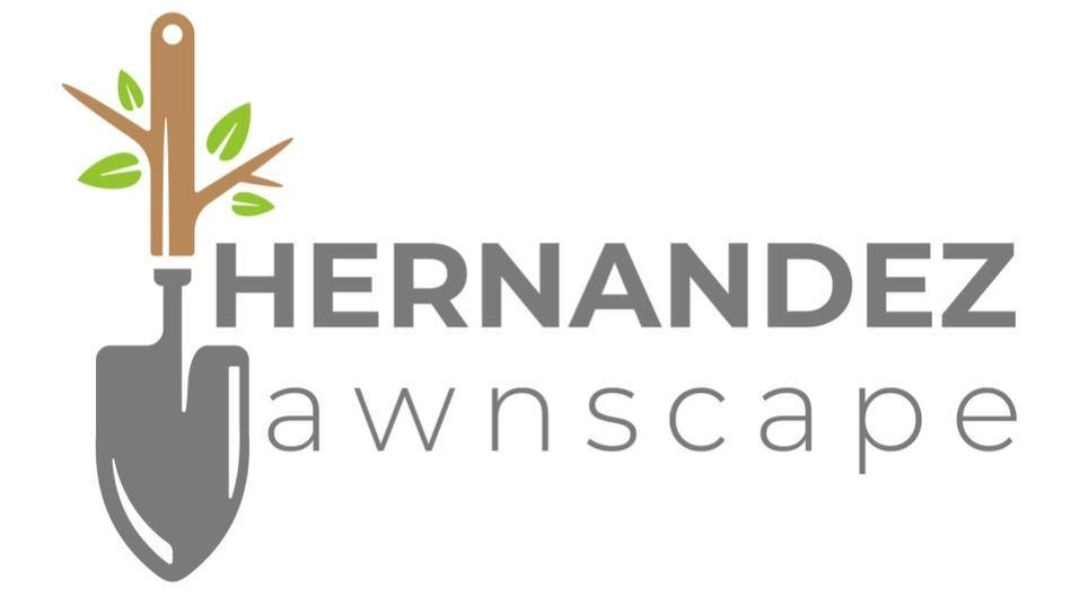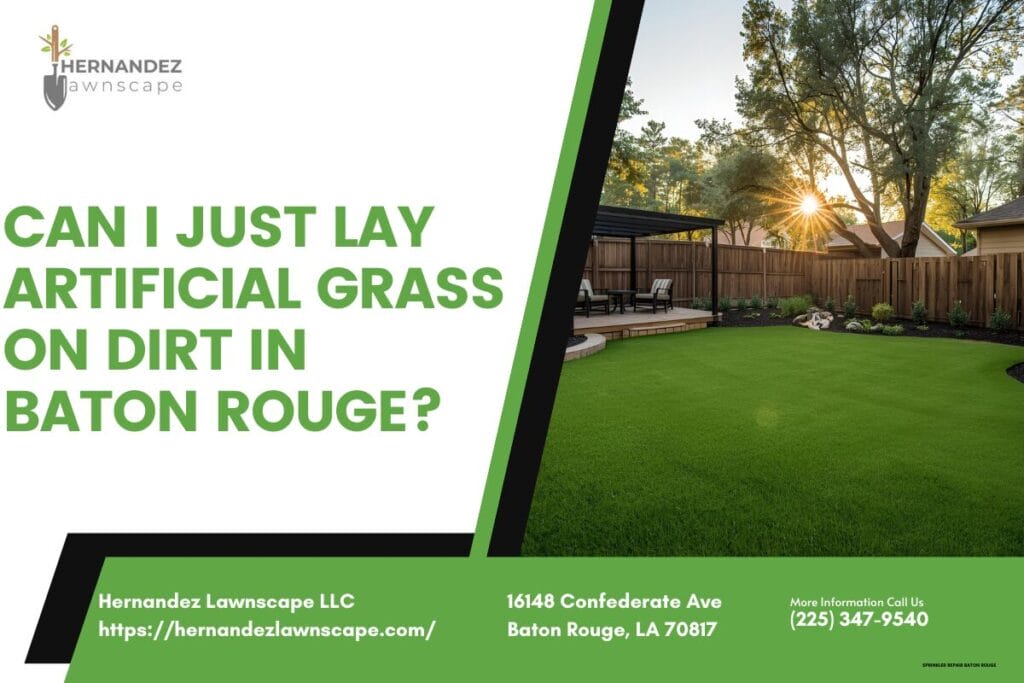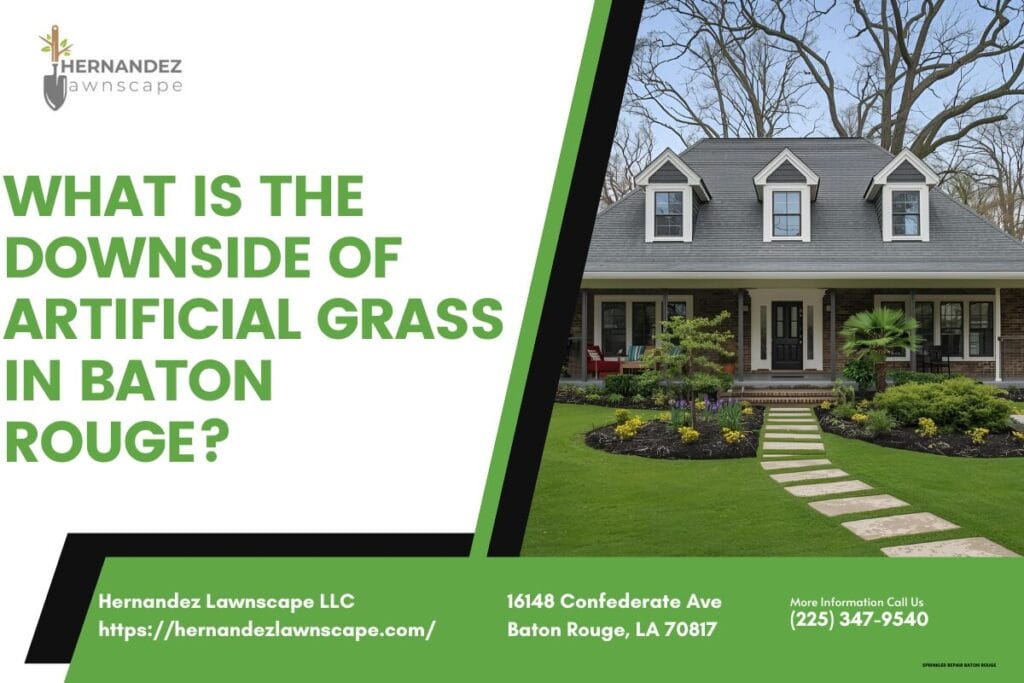The short answer is: while you technically can lay artificial grass directly on dirt, for a homeowner in Baton Rouge, it is one of the most significant and costly mistakes you can make. The generic online advice promoting this shortcut completely fails to account for our region’s two biggest challenges: the notoriously expansive ‘gumbo’ clay soil and the intense, heavy rainfall. A successful, long-lasting synthetic lawn in East Baton Rouge Parish depends entirely on a properly engineered subbase designed to conquer these local conditions.
The great debate: why generic turf advice fails in Baton Rouge
A quick search online presents a confusing mix of answers. Some DIY blogs and national suppliers will tell you that, yes, you can put artificial grass on dirt with just a bit of leveling and a weed barrier. They make it sound simple, fast, and budget-friendly. On the other hand, professional installers and industry associations often insist on a full excavation and base preparation. So, who is right?
The truth is, the advice isn’t necessarily wrong—it’s just dangerously incomplete for our specific environment here in Baton Rouge. What might work in the sandy, arid soils of Arizona is a recipe for absolute failure in the humid, clay-rich landscape of Louisiana. The conflicting advice you see online creates a trap for well-intentioned homeowners. Following it will not only result in a poor-quality surface but will inevitably lead to costly repairs and a complete replacement years ahead of schedule. At Hernandez Lawnscape, we’ve seen the unfortunate result of these shortcuts time and again, and our mission is to help our neighbors avoid that headache from the start.
The ‘gumbo soil’ problem: your Baton Rouge lawn’s hidden enemy
To understand why laying turf on dirt is so problematic here, we need to talk about what’s under your feet. Much of Baton Rouge and the surrounding areas are built on a type of soil colloquially known as ‘gumbo soil.’ This is a heavy, dense clay soil that defines our local landscaping challenges. This isn’t your average dirt; it’s a dynamic, shifting foundation that works directly against the stability your artificial turf needs.
The primary issue is its expansive nature. When our Louisiana rains come pouring down, this clay soil absorbs water and swells significantly. Then, during our hot, dry spells, it loses that moisture and shrinks, often creating cracks and gaps. This constant cycle of expansion and contraction throughout the year is the single biggest threat to a turf installation. When installing turf on dirt, the native soil will likely include clay, which expands and contracts throughout the year. This movement underneath your synthetic lawn creates a host of problems.
Consequences of skipping the turf base on Baton Rouge clay
- Lumps, Bumps, and Voids: As the soil swells and shrinks unevenly, it will push up sections of your turf, creating an unsightly, lumpy surface. When it contracts, it can leave voids, or soft spots, that feel spongy and unstable underfoot. Fixing lumps in artificial grass that’s been laid on dirt is nearly impossible without a complete re-installation.
- Poor Drainage and Pooling Water: Clay soil is notoriously poor at drainage. It’s dense and fairly impermeable. When you lay artificial turf directly on it, heavy rainwater has nowhere to go. It will sit trapped between the turf’s backing and the clay, turning your beautiful green lawn into a squishy, muddy swamp. This is one of the most common problems with poor turf drainage and a major issue for pet-friendly turf installation Baton Rouge projects, as it traps odors and bacteria.
- Shifting and Sinking: Over time, the unstable nature of the gumbo soil means your turf will not stay put. The ground beneath will shift, causing the entire lawn to sink in areas. This is especially true in high-traffic areas. The question “will artificial grass sink on dirt?” has a clear answer in Baton Rouge: yes, it absolutely will.
- Weed Invasion: While a weed barrier for artificial grass on dirt helps, it’s not foolproof on its own. The shifting soil can create gaps or even tear the fabric, allowing persistent Louisiana weeds to push through. Properly installed subbase materials are compacted so tightly that they create a much more effective, long-term barrier.
Building a Baton Rouge-proof foundation: the Hernandez Lawnscape method
A successful installation is not about the grass itself—it’s about the sophisticated ground preparation that happens before a single roll of turf is laid down. We don’t just cover the problem; we engineer a permanent solution. This involves creating a stable, permeable foundation that isolates the turf from the volatile clay soil beneath. This professional ground preparation for turf follows a meticulous, multi-step process that adheres to the highest industry benchmarks, including ASTM standards for turf installation.
Step 1: The critical excavation
The first and most important step is to remove the problem. We excavate 3 to 4 inches of the native topsoil and clay across the entire installation area. This turf base layer depth is crucial. It creates the necessary space to build a new, stable foundation. Simply leveling the existing dirt is not enough; it must be removed and replaced.
Step 2: Geotextile fabric barrier
Once the native soil is removed, we lay down a high-grade, permeable geotextile fabric. This acts as a separator. It prevents the new base materials from mixing with the underlying clay soil over time, ensuring the integrity of your foundation and drainage system. It also serves as a robust secondary defense against weeds.
Step 3: The aggregate subbase for drainage and stability
This is the workhorse of your new lawn’s foundation. We install and compact a layer of crushed rock, typically Class II road base or a similar aggregate. This layer serves two critical functions. First, its structure creates voids that allow water to drain through freely, channeling our heavy rainfall away from the surface and preventing pooling. Second, when properly compacted, it creates an incredibly stable, interlocking base that will not shift or sink, effectively solving the problems with laying turf on soil.
Step 4: The leveling layer for a perfect finish
On top of the compacted aggregate, we add a final, finer layer of material. This is where the question “what happens if you don’t put sand under artificial grass?” comes into play. The final layer, often decomposed granite or a specific type of sand, is not the primary support. Its job is to be screeded perfectly flat, creating a smooth, billiard-table-like surface to lay the turf on. This ensures no minor bumps from the underlying rock base are felt through the turf. To prevent issues with native soil, it is necessary to have a subbase material, with decomposed granite being a common material used as a foundation for artificial lawns. This final, precise leveling is what gives a professional installation its flawless appearance.
As one of our clients mentioned, “They always go a step beyond what I expect and consistently provide excellent service. Mr. Hernandez is honest and trustworthy…” This trust is built on our commitment to never cutting corners on this foundational work. It’s the unseen craftsmanship that guarantees a beautiful result for decades.
The real cost: comparing installation methods for Baton Rouge homeowners
The decision often comes down to budget versus longevity. It’s tempting to save money upfront with a DIY artificial grass on dirt project. However, it’s crucial to understand the long-term financial implications of that choice in our local climate.
Decision Factor: Long-term Durability vs. Initial Cost
Direct-on-Dirt Installation: The initial cost is significantly lower as it saves on labor, material disposal, and new base materials. However, this is a false economy. You can expect problems like lumps, sinking, and poor drainage to appear within the first 1-2 years, especially after a particularly wet season. The cost of repairing these issues often approaches the cost of a full, proper installation, and a complete replacement is typically needed within 3-5 years.
Engineered Subbase Installation: The upfront investment is higher due to the cost of excavation, hauling, geotextile fabric, and aggregate materials. But this is a one-time cost. A lawn built on this foundation will perform flawlessly for the full lifespan of the turf, often 15-20 years or more, with only minimal synthetic lawn maintenance. The long-term ROI is vastly superior.
Decision Factor: Performance on Expansive Clay Soil
Direct-on-Dirt Installation: The turf is completely at the mercy of the “gumbo soil.” As the clay expands and contracts, your lawn will warp, bubble, and shift. Seams can pull apart, and the entire surface will become an uneven tripping hazard. Installing directly on native soil without a proper subbase can lead to uneven surfaces and soft spots in the artificial lawn.
Engineered Subbase Installation: The subbase creates a stable “floating” platform that is completely isolated from the native soil. The expansive clay can shrink and swell underneath the geotextile barrier without ever affecting the perfectly flat, stable turf surface above. This is how you prevent artificial grass from moving.
Decision Factor: Drainage for Heavy Baton Rouge Rainfall
Direct-on-Dirt Installation: Catastrophic failure. The impermeable clay beneath acts like a bathtub liner, trapping water. Your yard will become a soggy, unusable mess after every significant downpour, defeating one of the main purposes of getting artificial grass in the first place—eliminating mud.
Engineered Subbase Installation: Superior performance. The multi-layer aggregate base is engineered specifically for permeability. Water flows vertically through the turf’s perforated backing, through the base layers, and safely dissipates into the ground below, far from the surface. A professionally installed lawn can handle Louisiana’s heaviest rains and be ready for use almost immediately after the storm passes.
Making the right choice for your Baton Rouge property
Ultimately, there is no one-size-fits-all answer, but for our specific region, the evidence overwhelmingly points in one direction. The best choice depends on your priorities, your property’s specific challenges, and your long-term goals.
For the DIY homeowner seeking a budget-friendly solution
We understand the appeal of saving money with a DIY project. You might see online tutorials and think you can handle laying fake grass on a muddy lawn yourself. We urge extreme caution. For any primary lawn area, a direct-on-dirt installation in Baton Rouge is almost certain to fail and end up costing you more in the long run. If you are determined to try, reserve it for a very small, non-critical area like a small dog run where an uneven surface is not a major concern. But for your main yard, the risk of a lumpy, water-logged result is simply too high.
For the quality-conscious property owner
If your priority is a beautiful, flawless lawn that enhances your property value and provides decades of enjoyment, then the engineered subbase is the only choice. This is an investment in your home’s infrastructure. It’s the correct way to get a permanent solution that performs as advertised, whether it’s for general Baton Rouge landscaping with artificial grass, a high-end artificial putting green installation Baton Rouge, or a safe, clean play area for kids and pets. You invest once and get it done right.
This is the mindset of many of our best clients. As one homeowner in the Bocage area told us, “After talking with him for just a minute, I felt confident that his business was right for me… Excellent service all around…5 stars!” That confidence comes from understanding that we build lawns from the ground up to last a lifetime.
For the frustrated lawn maintainer
You’re tired of the endless cycle of mud, bald patches, and the losing battle of trying to grow grass on dense clay soil. For you, artificial turf is a way to reclaim your yard and your weekends. A shortcut installation that results in a new set of problems—pooling water and lumpy surfaces—is not a solution. The professional, subbase-first approach is the definitive end to your lawn frustrations. It provides a consistently clean, dry, and beautiful green surface 365 days a year, solving the core issues that our native Louisiana soil creates.
The core thesis holds true: a successful, long-lasting artificial grass installation in Baton Rouge is not about the turf you choose, but about the specialized subbase engineered to conquer our unique environmental challenges. By investing in the proper foundation, you are not just buying a synthetic lawn; you are investing in a permanent, high-performance upgrade for your property. For a personalized assessment of your yard and straightforward advice from local experts, contact Hernandez Lawnscape. We provide professional turf installation services across East Baton Rouge Parish and would be happy to give you a free, no-obligation quote.




